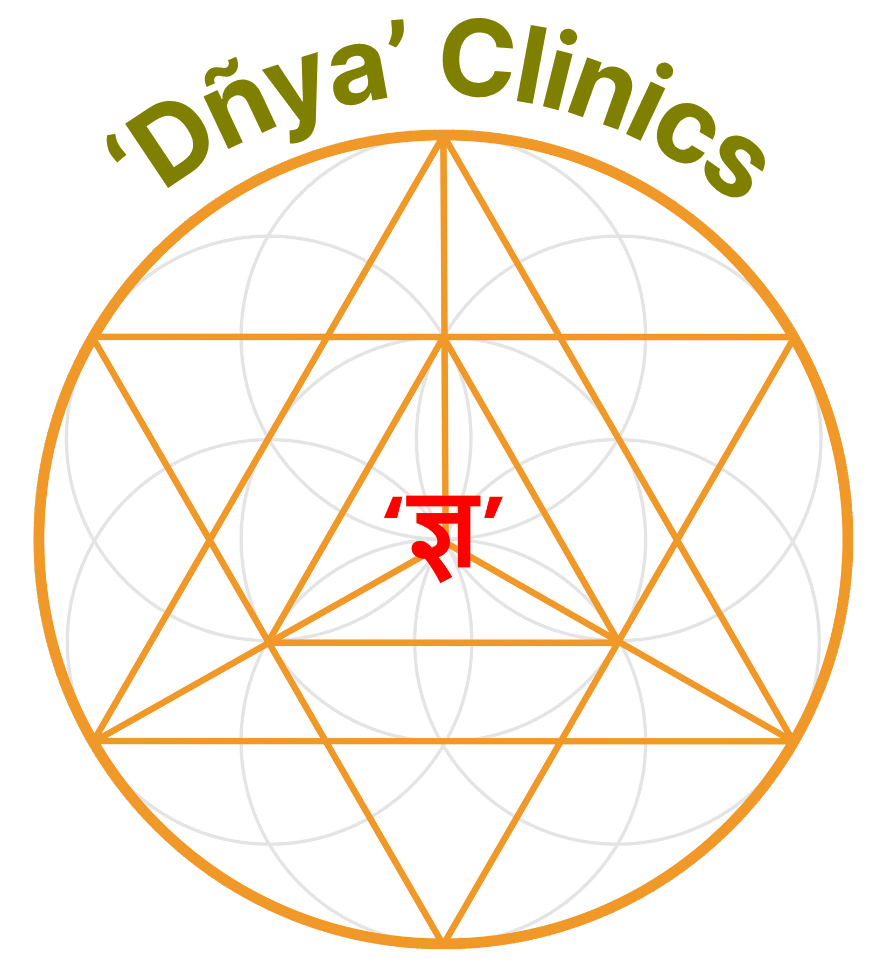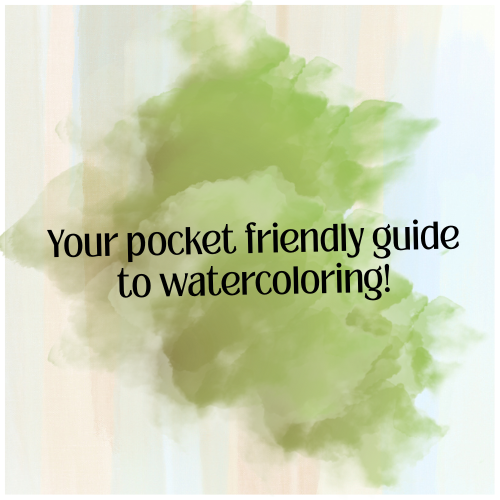I started painting quite young as a hobby. I did not take any formal training in any type of painting beside a few mandatory classes in school days but experimented and continue to do so with acrylic and watercolour medium. I believe oil paints require proper training, patience and are much costly than I am willing to spend for a hobby.
Without deviating from the topic, let’s discuss how to harness painting as a hobby in a pocket-friendly way. In this article, I will talk about watercolours.
1. I like watercolours. Why?
I have been painting with watercolours regularly for about three years now. And I am now comfortable with the medium; I understand the nature of it now. It’s always exciting with watercolours because of its unpredictability. One never know how it is going to turn out after the painting dries. With poster or acrylic colours, you can always hide your mistakes by repainting over the painted surface, but there is little margin for the same in watercolours. This made me understand the beauty in every piece I painted. It sort of keeps the catalogue of your progress, and you can learn a lot from your previous paintings.
2. Join a class or self learn?
I did join a class after 3-4 months trying out the medium by myself, went for two or three sessions but found it not satisfactory. It wasn’t helping me develop any skills or understand watercolours better. And frankly, it was not so light on my pockets. I found YouTube tutorials are one of the best ways to learn. There are few tutorials available on social platforms as well.
3. Whom to follow for learning online?
The first few hours are needed to find the right type of tutorial for you. Everyone learns differently while every YouTube teacher has a different knack, way of teaching. You will find videos of your liking eventually. Thanks to YouTube AI this time; relevant suggestions will start pouring, making it easier (at times!) for you to make a choice. I preferred to 2-3 artists initially instead of just one. One more important thing to remember is; most of the artists have a specific subject they like to work on, and that’s what makes them expert in that area. So, feel free to choose a different artist at various levels of your learnings.
4. Materials
One gets confused with plenty of available options for material. While learning from tutorials, it is but natural to feel the urge to replicate the painting precisely the same. And one tends to think it’s the material which makes all the difference. I thought the same too! But the real magic is in practice, repetition and consistency. Yes, of course, there are few necessary materials needed for watercolours for which you don’t need to spend a fortune. Understanding Paper-Paint relationship is significant, and each watercolour artists have individual choices according to their area of painting.
4a. Essential material
Paper: Watercolour papers are thicker and made to hold more water than usual writing paper. They remain wet for a longer time and do not bend or get soggy, allowing us to paint quickly. You can choose from:
I am from India, and writing about the material in the same context; material which is available in any Indian city.
- Handmade paper
- Khadi paper
- Commercially available – Chitrapat watercolour paper (go for above 200gsm*)
- Bundled watercolour paper which can be cut in desired sizes
Handmade and khadi papers are not specified with gsm value but are generally above 250 because of the process they are made.
I use Chitrapat 270gsm watercolour paper. I have tried a few others available in the market (thanks to friends who gifted on occasions!), but by far this one is my favourite, never disappoints me.
Cost: varies for the first two. Chitrapat, 25 sheets, which are pasted in a block one above other, are around Rs 250. Yes, they are the cheapest in the best available ones.
Paints: Artist’s grade watercolours (I use Camel watercolours). One thing with watercolours is that you require a minimal amount of colour as opposed to any other colours! Remember, no whites in watercolours ideally!
Using artist-grade is important because they have better pigments which react well with water and with other colours. Those paintings don’t fade away or look muddy, dull. When you are just starting to paint, muddy painting is totally disappointing. So, choose only artist grade.
I have used only Camel artist’s watercolours, a set of 12 colours, 20ml tubes. It is a good start. Don’t, please don’t overwhelm yourself with more than 12 colours during initial stages. You can learn more in lesser colours. I bought my paints at the start of my watercolour experiment, and the tubes are still half-full. I will suggest stick to Camel because they have been around for longer than any other brand.
Cost – around Rs. 600
Brushes: Watercolour brushes are unique, made to hold more water and hence the colour which allows to paint faster on larger areas. I suggest a set of 4 brushes is good enough. Go for synthetic ones for starting than natural brushes. Brushes with natural hair are way too costly. Every company has a different size catalogue which makes it difficult to give a universal brush number. I say, go for visual comparison! Look for the pointed end and thick base in a watercolour brush.
- Round brush: Really thick, around the size of index finger/ thumb (men/ women): This one is used for initial wash, large or small area
- Round brush: Two or more various sizes smaller than the big one
- Flat brush: half-inch (another one inch if wanted, really not a must)
- Rigger: It is really thin, long brush mostly used for painting bushes. I use a brush of my old eyeliner, works the same!
Any brand locally available is fine to start with. I ordered mixed fibre (synthetic+natural) broad round brush online after a year. But I suggest having brush 1 described here from the start. It does help a lot.
Cost varies from mere Rs 10 to Rs 1000 and more! Choose which you can afford.
Colour palette: Buy a simple plastic one which whites in colour. If you choose to buy 12 colour set, go for the same or higher number of wells in a pallet. I started using a white crockery plate for mixing my colours, works the same as fancy ones shown in videos. White background helps to identify colours and grading easily; better if it is minimally glossy.
Two glasses or containers: For water! Clean and dirty. I believe having two glasses help in keeping the painting cleaner. Take any two from your kitchen.
4b. Nonessential Materials
Masking tape: I feel, there is no need to spend on masking tape initially. I still haven’t bought officially labelled ‘masking tape for watercolours’. I prefer simple paper tape used by carpenters or sometimes plastic cello tape, as per the availability. Both are way too cheaper, and one doesn’t even need to spend money on cello tape, which is usually available with everyone.
Masking fluid: Few artists don’t believe in masking fluid. They believe ideally it shouldn’t be used in watercolour, and that is the test of technique! But if you want, just use fevicol glue. It works on some papers. I didn’t have good experience with Chitrapat papers.
Metallic, glittery watercolours: They definitely elevate your paintings, but it’s not a must to start with.
Tissue paper: Most of the illustration videos use tissue papers left-right and middle. I have seen a few where they use entire tissue paper roll. Why? I mean, why? Simple old cotton cloth is the best to wipe paintbrushes. For the use of tissues in painting to lift off colour, fabric works too. But if you must use the tissue paper, use minimum and know that you can reuse it also after drying. Please don’t use tissues to wipe your brush instead use cloth piece available for free at home.
In conclusion, to start to paint with watercolours from scratch, one doesn’t need to spend more than Rs 1000. Out of which around Rs 600 are for paints which will last for a few years. You just need to buy new papers to continue! Initially, divide the paper into halves while practising, use the backside of the paper. So, the economic investment is smaller, but one must invest time if good results are desired. There is no exception to that!
The products mentioned here are based on my personal choice and not as a paid endorsement.


Write Reviews
Leave a Comment
No Comments & Reviews